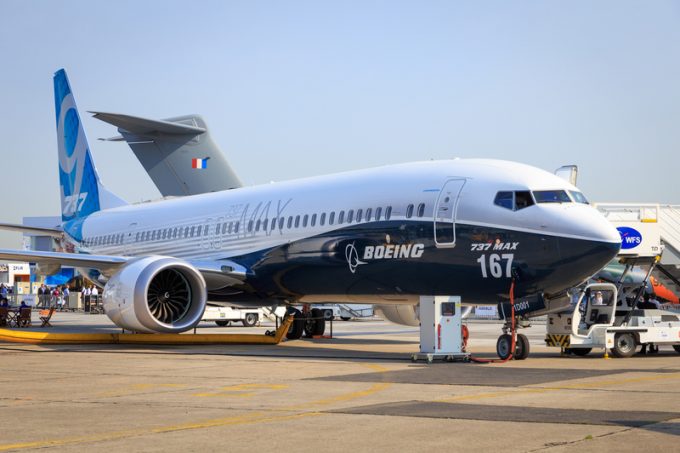Fewer freighter conversions, despite feedstock availability and demand
IBA’s latest freighter market data has revealed that aircraft conversions have declined, while feedstock prices ...

The latest incident involving a Boeing 737-9 MAX has resulted in the temporary grounding of 171 aircraft, but if the problem is not resolved soon, it could also have repercussions for freighter conversions.
On Friday, Alaska Airlines’ flight 1282 was forced to return to Portland International ...
CMA CGM South Korean staff strike over bonuses after bumper 2024 profit
'Another painful headache for shippers' as Asia-N Europe rate rally ends
Amazon Air Cargo partners-up for new transpacific route into the US
MSC switches two more Asia-Europe port calls from congested Antwerp
Ports and supply chain operators weigh in on funding for CPB
Nightmare for Bangladeshi exporters as congestion and tariffs bite
CMA airline returns two freighters, while ANA takeover of NCA looms
Carriers introduce surcharges as congestion builds at African ports

Comment on this article